UMBRIA

Popular destinations ITALY
| Campania | Lombardy | Sardinia |
| Sicily | Tuscany | Umbria |
| Veneto |
Geography and Landscape
Geography
Umbria (Italian: Umbria), also called the green heart of Italy, is a central Italian region consisting of the provinces of Perugia (three-quarters of Umbria's surface area) and Terni (one-quarter of Umbria's surface area) with Perugia as its capital.
Umbria, with a surface area of 8,456 km2, is the fifth smallest of the 20 Italian regions and borders Tuscany to the West, Emilia Romagna to the North, Marche to the East and Lazio to the South. Umbria is surrounded by land on all sides and is therefore the only region on the Apennine Peninsula that does not border on the sea.
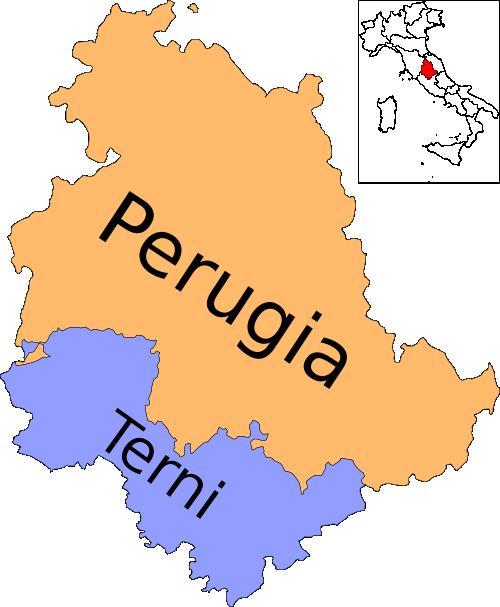 Location UmbriaPhoto: Public Domain
Location UmbriaPhoto: Public Domain
Landscape
Umbria has a somewhat rougher landscape than its neighbour, Tuscany, and has a very hilly terrain. Slightly more than half of the territory consists of mountains and another 41% of the landscape consists of hills. Only 10% of the surface of Umbria consists of plains. Underneath Umbria runs the fault line between the North African and Eurasian plates, which causes frequent earthquakes in the extreme south-east of Umbria, most recently in 1997 with eleven deaths (6.0 on the Richter scale and the epicentre in Annifo), in August 2016 on the border between Umbria and the Lazio region and in October 2016 the village of Norcia was hit hard (6.6 on the Richter scale).
From north to south, Umbria is cut by the largest river in Umbria, the Tiber (Italian: Tevere). The most important tributaries are the Chiascio (82 km), the Nera (116 km) and the Topino (77 km). The 404 km long Tiber, which rises on Mount Fumaiolo in Emilio-Romagna and Tuscany, flows besides Umbria also through the regions of Tuscany, Lazio and Rome, and empties into the Tyrrhenian Sea.
The largest lake in Umbria (129 km² and 54 km circumference) is the shallow Lake Trasimeno or Lake Trasimeno (Italian: Lago Trasimeno), with a maximum depth of seven metres. In the lake, there are three islands, the Isola Minore, the Isola Maggiore and the Isola Polvese, with a surface of 5.4 km² the biggest island of the Lake Trasimeno. After Lake Garda, Lake Maggiore and Lake Como, Lake Trasimeno is the largest lake in Italy. Other lakes in Umbria are the Lago di Piediluco (1,58 km²), the highland glacier lake Lago di Pilato in the Parco Nazionale dei Monti Sibillini and the small reservoirs Lago di Alviano (9 km²) and Lago di Corbara (10,5 km²).
The highest mountains in Umbria are located in the Monti Sibillini mountain range: the Cima del Redentore (2448 m) and the Scoglio del Lago (2448 m). On the border with Marche, you will find the 2476 m high Monte Vettore. The lowest point in Umbria is Attigliano (96 m), in the extreme south-west of the region.
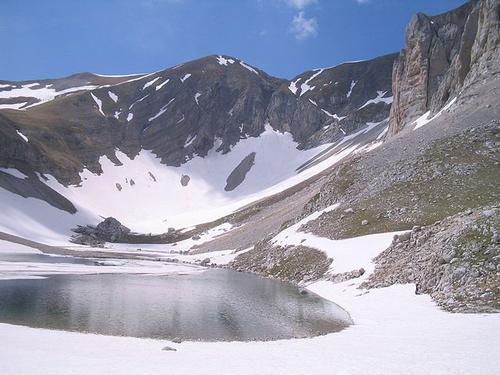 Cima del Redentore, highest mountain in UmbriaPhoto: Nicola_ds in the public domain
Cima del Redentore, highest mountain in UmbriaPhoto: Nicola_ds in the public domain
Umbria has many extensive forests, the region is still called the 'green lung' of Italy, but in terms of landscape, it is mainly an agricultural area with many vineyards and olive groves. In the fertile valleys and plains, you will find rows of cypresses and poplars, just like in the neighbouring region of Tuscany. In the north of Umbria, you will find, among others, the Parco del Monte Cucco, which is especially known for its hundreds of rock formations and caves. With a length of approximately 30 kilometres and a maximum depth of 923 metres, the Grotta di Monte Cucco, with the beautiful Grotta Margherita as the highlight, is one of the largest cave systems in Europe. Under the city of Orvieto lies an underground labyrinth of more than 1,200 caves carved into the porous volcanic tuff. The Etruscans were the first to dig the corridors, cellars, wells and passages 2,500 years ago. One of the largest excavated wells is the Pozzo di San Patrizio with a width of 13 metres and a depth of 53 metres.
In the east of Umbria, the mountain peaks of the Apennines form a natural border with the regions of Lazio and Marche. Partly in the Marches and in Umbria is the limestone massif of the Parco Nazionale dei Monti Sibillini. The plain of Castelluccio is in full bloom in the spring months of May and June.
The highest waterfall (165 m) in Italy and even in Europe is found in Umbria, the Cascata delle Marmore near Terni. This waterfall, actually constructed by the Romans in the 3rd century B.C., is cut into three levels, of which the highest and upper level is 83 metres. The waterfall is 'opened' several times a day, after which enormous masses of water tumble down the steep marble walls.
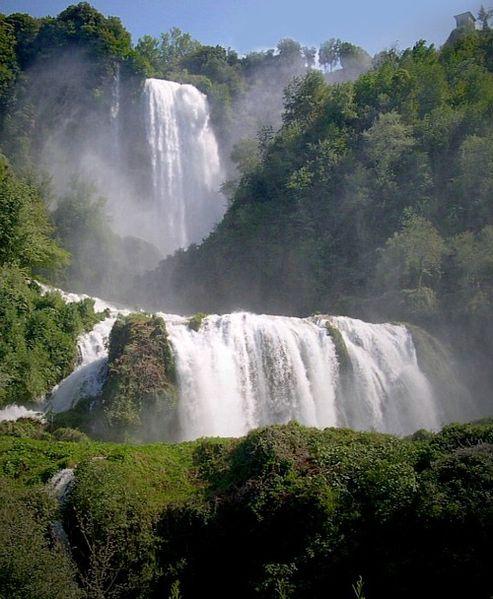 Cascata delle Marmori, UmbriaPhoto: Public domain
Cascata delle Marmori, UmbriaPhoto: Public domain
Climate and Weather
Umbria has a typical Italian Mediterranean climate, with dry, hot summers and mild winters. However, in the spring months, it can still be cold and wintery, with occasional stormy weather. In mountainous areas, snow falls in winter and may last until March or April. In general, however, temperatures below 0 °C do not occur in the lower-lying parts of Umbria during the winter months. The sun shines annually for about 2200 hours, an average of about 6 hours a day.
In the summer months of July and August, it can be hot and humid, as there are also days when it rains. Average daytime temperatures are above 30°C, with peaks of over 35°C. Especially in September, but also in October, it can still be quite warm in Umbria. At the end of autumn, but especially in November, most rain falls, often in the form of short, heavy showers. In mountainous areas, heavy snowfalls occur in the winter.
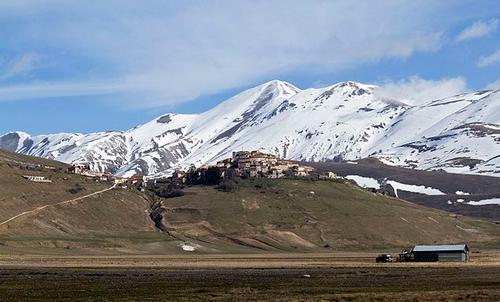 Snowy mountain tops UmbriaPhoto: Trolvag CC 3.0 Unported no changes made
Snowy mountain tops UmbriaPhoto: Trolvag CC 3.0 Unported no changes made
The climate can be quite different locally, as the Köppen-Geiger climate classifications show:
-Humid subtropical climate in Perugia, Foligno, Città di Castello, Spoleto, Assisi, among others
-Sea climate in amongst others Gubbio, San Giustino, Norcia, Cascia, Citerna
-Hot summery Mediterranean climate in Terni, Orvieto, Narni, Amelia, Narni Scalo among others
-Hot humid continental climate in places like Castelluccio
Climate table Perugia
| maand | maximum temp. | minimum temp. | hours sun p/d | rainy days p/m |
| january | 8°C | 0°C | 3 | 13 |
| february | 10°C | 2°C | 4 | 12 |
| march | 13°C | 3°C | 5 | 13 |
| april | 17°C | 6°C | 6 | 14 |
| may | 22°C | 10°C | 8 | 13 |
| june | 26°C | 13°C | 9 | 12 |
| july | 29°C | 15°c | 10 | 8 |
| august | 29°C | 16°C | 9 | 9 |
| september | 26°C | 13°C | 7 | 10 |
| october | 19°C | 9°C | 5 | 12 |
| november | 13°C | 5°C | 3 | 14 |
| december | 9°C | 2°C | 3 | 13 |
Plants and Animals
Plants
The natural vegetation in the mountains consists mainly of chestnut and oak trees and, in parts above 1300 metres, of pines. Lower down, there is the macchia, a formation of evergreen dense and thorny shrubs and dwarf shrubs, including wild olive, oleander, laurel, myrtle, holm oak, gorse and cork oak. There is also broom, juniper, pine and cypress.
Near Bovara, you will find the oldest olive tree in Umbria, the 'Olivo di Sant'Emiliano', which is said to be more than 2000 years old and has a circumference of more than nine metres.
Quite rare nowadays is the formerly common bolder oak, a member of the carnation family. All parts of this plant are poisonous, but especially the dark-coloured seeds.
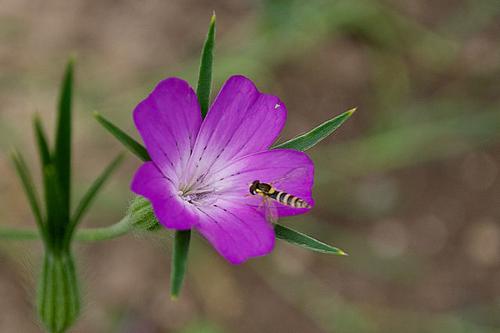 Bulrush, rare in UmbriaPhoto: Patrick Ch. Apfeld CC 3.0 Unported no changes made
Bulrush, rare in UmbriaPhoto: Patrick Ch. Apfeld CC 3.0 Unported no changes made
Animals
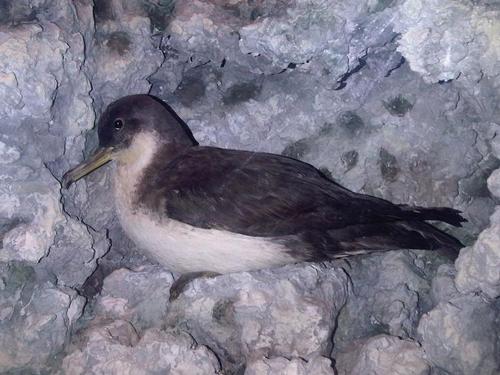 Yelkouan shearwater UmbriaPhoto: Emõke Dénes CC 4.0 International no changes made
Yelkouan shearwater UmbriaPhoto: Emõke Dénes CC 4.0 International no changes made
The most common wild animal in Umbria is the wild boar. Furthermore, the once endangered Italian or Apennine wolf, a subspecies of the grey wolf, can be found in the border area between Tuscany and Umbria. In the 1970s there were only 700-100 individuals living in the Apennines, a study published in 2016 showed that between 1269 and 1800 wolves, living packs of two to seven individuals, had been counted in the period 2009-2013. The habitat had also been extended to south-western France and Switzerland.
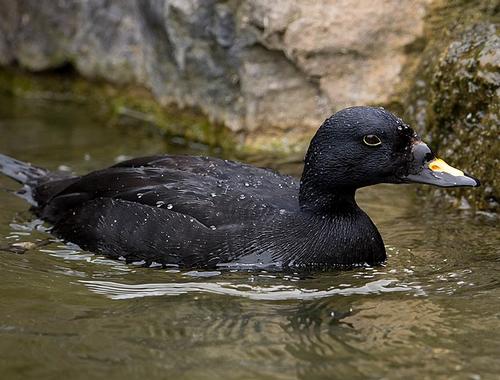 Black Sea Duck UmbriaPhoto: Jason Thompson CC 2.0 Generic no changes made
Black Sea Duck UmbriaPhoto: Jason Thompson CC 2.0 Generic no changes made
Other occurring mammals are (fallow) deer, roe deer, wild boar, foxes, weasels, hedgehogs and martens.
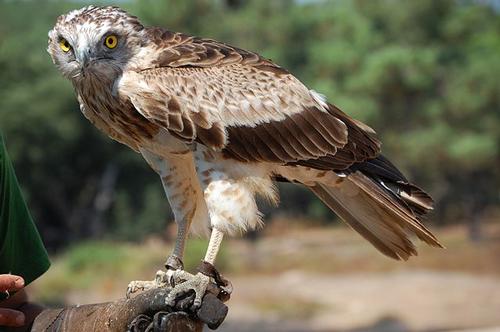 Snake-eagle UmbriaPhoto: MarioM CC 3.0 Unported no changes made
Snake-eagle UmbriaPhoto: MarioM CC 3.0 Unported no changes made
In Umbria in 2018 323 bird species were counted, of which 14 are threatened with extinction and 3 species were introduced by man. Ther are shearwaters, sea eagles, snake eagles, spotted crakes, long-eared owls, blue rock thrushes, and long-tailed tits among others.
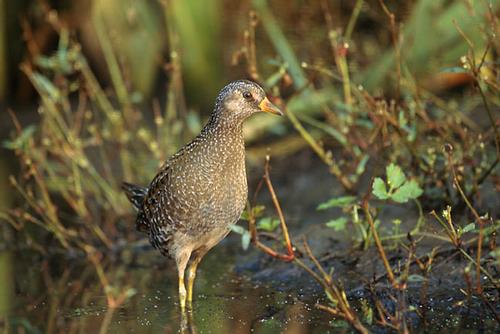 Spotted Crake UmbriaPhoto: Marek Szczepanek CC 3.0 Unported no changes made
Spotted Crake UmbriaPhoto: Marek Szczepanek CC 3.0 Unported no changes made
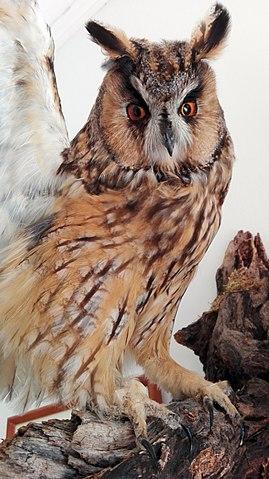 Long-eared owl UmbriaPhoto: Gg. Any CC 4.0 International no changes made
Long-eared owl UmbriaPhoto: Gg. Any CC 4.0 International no changes made
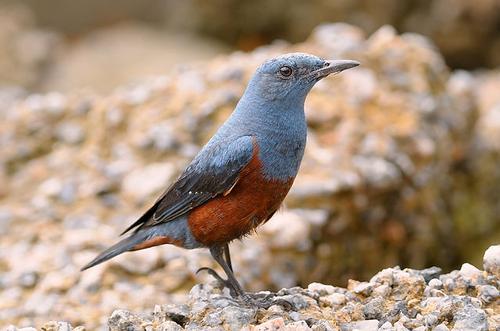
Blue Rock Trush UmbriaPhoto: Ryan Cheng CC 2.0 Generic no changes made.
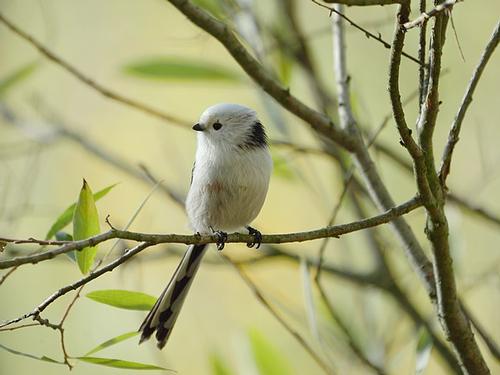 Long-tailed Tit UmbriaPhoto: Membeth in the public domain
Long-tailed Tit UmbriaPhoto: Membeth in the public domain
Sources
BBC - Country Profiles
Beliën, Herman / Toscane, Umbrië en De Marken
Uitgeverij J.H. Gottmer/H.J.W. Becht BV
Bisschops, Mike / Droomreis door Toscane & Umbrië : Italië
Travelscript Vof
CIA - World Factbook
Elmar Landeninformatie
Francesio, Giovanni / Umbrië
Uitgeverij Unieboek/Het Spectrum bv
Freeman, G.P. / Umbrië : in de voetsporen van Franciscus
Valkhof Pers
Leeuwen, Geert van / Umbrië
Uitgeverij ANWB
Reichardt, Julia / Ontdek Umbrië
ANWB
Umbrië
ANWB
Zwaans, Dorette / Umbrië : in geuren en kleuren
Edicola Publishing b.v.
Copyright: Team The World of Info